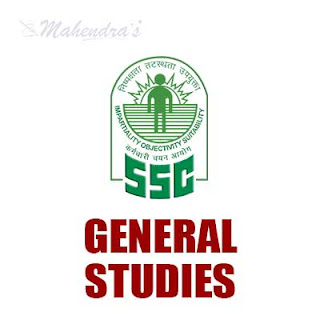1 The mode of travel of heat energy from the sun across the empty space beyond the earth's atmosphere is known as
a) conduction
b) convection
c) radiation
d) absorption
ans. c
2. The evaporation rate depends on
a) the nature of the liquid
b) area of the exposed surface of the liquid
c) temperature of air and of the liquid
d) all the above
ans - d
3. In a refrigerator, the refrigerant is
a) Nitrogen
b) Oxygen
c) Chlorine
d) Freon
ans-d
4. Radio waves sent out by radio stations are reflected by
a) troposphere
b) stratosphere
c) mesosphere
d) ionosphere
Ans- d
5. Which of the following is known as Freon?
a) Liquid ammonia
b) Carbon tetrafluoride
c) Dichloro- difluoro-methane
d) Sulphur dioxide
Ans -c
6. On the following types of electromagnetic radiation which has the longest wave-length?
a) ultraviolet rays
b) gamma rays
c) radio waves
d) infrared waves
Ans-c
7. One Of the following which has got the highest frequency?
a) ultraviolet rays
b) gamma rays
c) radio waves
d) infrared waves
ans- b
8. The maximum range of most T.V signals is from 121 to 240 km only because
a) The curvature of earth limits the range of reception
b) the signals are weak
c) the signals are absorbed by air
d) the antennae are not powerful enough
Ans- a
9. The minimum velocity required by a satellite to escape earth's gravitational pull is
a) 18 km/s
b) 11.2 km/s
c) 21 km/s
d) 35 km/s
ans- b
10. The period of a geostationary synchronous satellite orbiting the earth over the equator is
a) 16 hours
b) 12 hours
c) 20 hours
d) 24 hours
ans-d





0 comments:
Post a Comment
MAHENDRA GURU